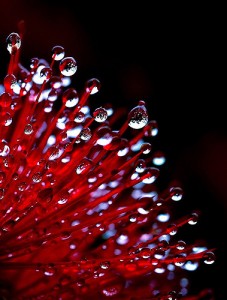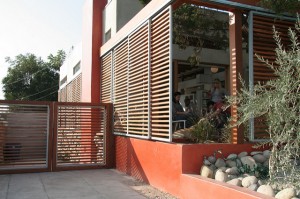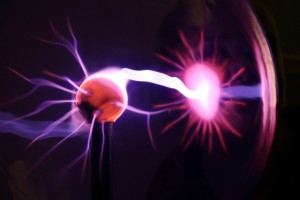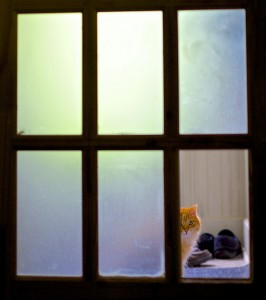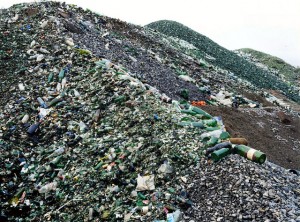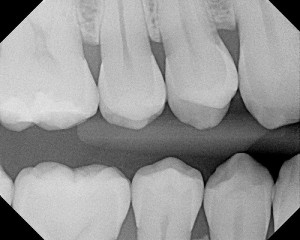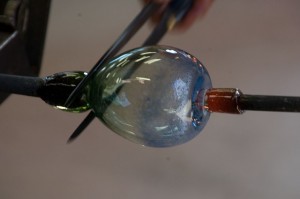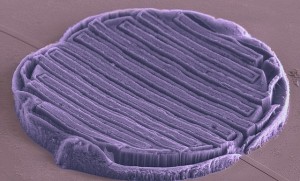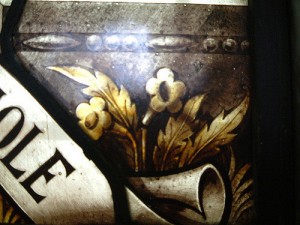New glass coating could improve water runoff
The coating enables “self-cleaning” on a wide variety of surfaces. In addition, the coating can survive intact even in high heat and high humidity for sustained periods of time. The nanoscale coating was tested on a number of common surfaces, including glass, copper and wood. The coating can also be applied easily in a large-scale production environment. The researchers have not indicated when or how this new coating may be commercialized, or whether additional development is required.
Coatings are taking on a new importance in materials engineering. Coatings can introduce new properties to materials cost-effectively. Glassprimer™ glass paint is a good example of this.
Glassprimer™ glass paint is a specially engineered glass coating that’s designed to adhere permanently to the glass surface. As a paint, Glassprimer™ glass paint comes in virtually every color available through major paint manufacturers.
Glassprimer™ glass paint can be applied to glass and a range of other non-porous surfaces and provide complete coverage for about $1 per square foot. Once cured, Glassprimer™ glass paint makes a permanent bond with the glass that will not chip, fade or peel, even in harsh conditions.
Glassprimer™ glass paint is ideal for both interior and exterior work, and offers exceptional UV-resistance. That means it won’t fade, even in direct sunlight. It can also be used to control solar heat gain, and treat windows that don’t offer an aesthetically pleasing view, or where additional privacy is desired.
Glassprimer™ glass paint is a specialized glass coating that bonds permanently to glass surfaces. GlassPrimer also makes a glass surface molecular activator that is designed to work with UV-inkjet glass printing processes. For more information about Glassprimer™ glass paint, please visit the rest of our site. If you’d like to purchase Glassprimer™ glass paint, please visit our online store
Photo Credit: alfarman , via Flickr.com

